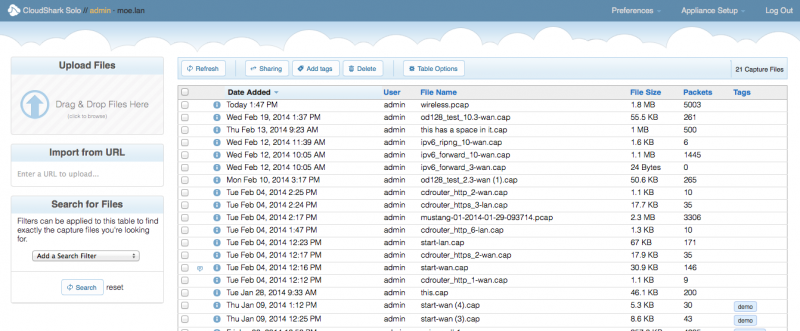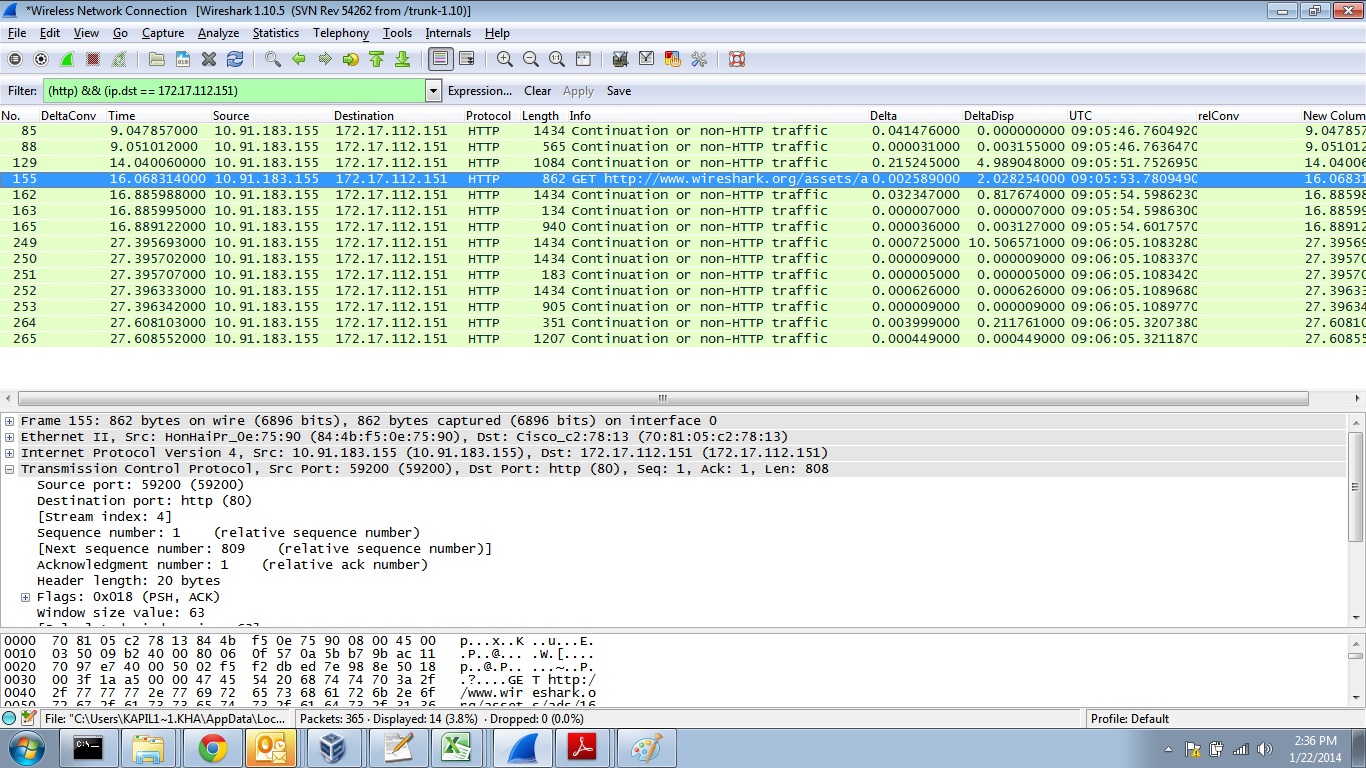

When using Mobility Print, 256-bit level AES encryption is applied to all print jobs.įirstly, you need to check whether your printer supports IPPS. Similar to iOS and MacOS, self-signed certificates are accepted. Print jobs are sent to the Mobility Print server over HTTPS.
#CHROME OS WIRESHARK ALTERNATIVE FOR ANDROID#
PaperCut’s Android Mobility Print app uses encrypted printing for Android devices out of the box. On a local network however, the risk is considerably less, especially in a switched network environment.īest practice: If you want to minimize the risk of man-in-the-middle attacks, make sure you use secure wifi protocols, and consider using security tools that actively monitor for address spoofing attempts. On the open internet, where there are many hops between you and the server, a self-signed certificate is not secure because any of these hops can introduce a man-in-the-middle attack. Note however, that both iOS and MacOS devices accept self-signed certificates. Mobility Print is the answer to encryption for both iOS and MacOS, as IPPS is used as the printing protocol. The additional overhead and cost required to configure and manage the additional server and clients often prompts organizations to use Mobility Print instead. With a MacOS server, you can deploy additional tools such as Kerberos if you want your users to avoid entering their credentials when printing. Mobility Print will use HTTPS for client connections.
#CHROME OS WIRESHARK ALTERNATIVE WINDOWS#
Mobility Print can be deployed on a Windows server, so an additional MacOS server is not required. Both are able to connect to the Mobility Print server and authenticate securely. Mobility Print works extremely well in a mixed environment where some devices are managed, and others are BYOD or even mobile devices. MacOS computers do accept self-signed certificates, read more about considerations under iOS clients. Inherently it uses the same level of encryption you would get on an HTTPS web page.

But, if you do go for SMB, at least your print jobs will be encrypted over the network. In all honesty, managing SMB printers on a Mac, whether it is BYOD or a managed device is often not worth it. LPR/LPD is not encrypted, and if you’ve made it this far through this article, it would appear that security is important to you so let’s just skip this one and not use it. MacOS computers print to Windows print servers on one of the following protocols: More information about SMB security on Windows is covered in this article.

Set-SmbServerConfiguration –EnableSMB1Protocol $false Get-SmbSession | Select Dialect,ClientComputerName,ClientUserName | Where-Object įinally, let’s pull the trigger and switch off SMB1 with this command: Once you think no one is using SMB1, you can be sure about this by double checking and running the following command on your server: Don’t worry, they will love you for it - who doesn’t like a new laptop anyway? That is rhetorical, you don’t have to comment their name if you know someone. You may need to go through the necessary change management processes of your organization to get those users moved over to newer machines and/or operating systems. BUT… if you have clients running Windows 98/ME, Windows 2000, Windows XP and Windows 2003 on your network, then printing and copying files to this server will stop working. Recommended practice: consider switching off SMB1 on your server. SMB is encrypted, well that is since SMB2, which was made even more secure with the introduction of SMB3. There is good news! Out of the box, Windows printing system uses Server Message Block (SMB) to print spool files to the server, which is the same protocol used for file sharing. Here is a quick summary of areas that we’ll be covering, so you can jump to a specific one if you wish to: This article promised to be a “comprehensive guide” so let’s get into the detail and get your print jobs secure.


 0 kommentar(er)
0 kommentar(er)
